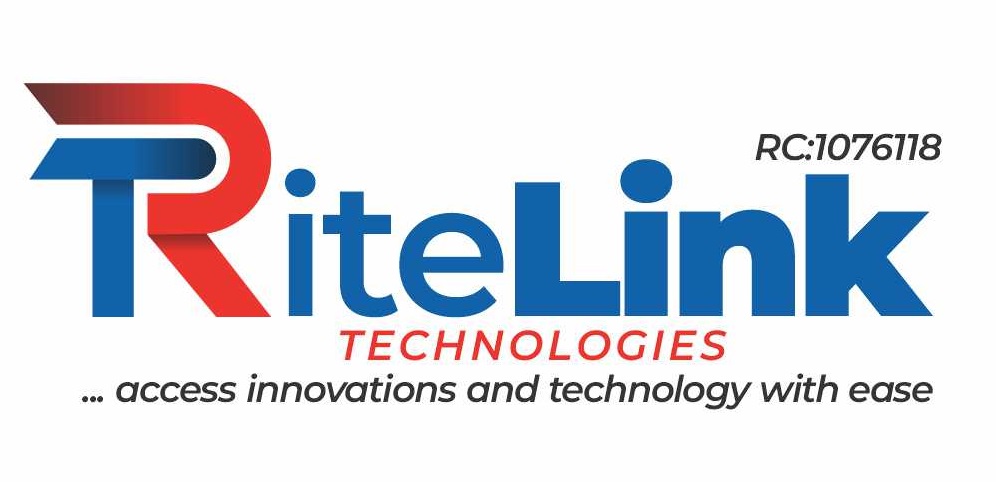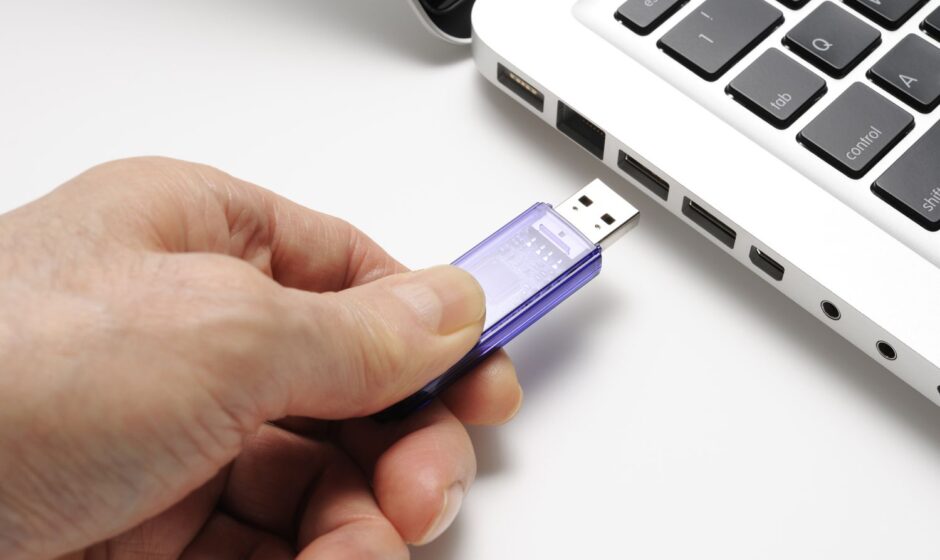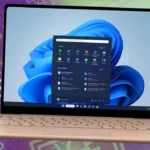If you’ve ever needed to store your work or personal documents, then you’re probably familiar with a USB flash drive. However, these devices can do a lot more than what the majority of people use them for. As technology for these devices continues to evolve, they’ve gotten more use cases.
If you’re somewhat of a tech enthusiast, then you’ve likely wondered about all the capabilities this device has. To learn about how to maximize the usability of this device, USB Memory Direct covers five different ways you can use a USB flash drive.
1. Store and Transfer Your Important Files
The most common use for flash drives is to store and transfer your files. In cases where you don’t have the internet to access your cloud files or need to transfer large amounts of data, these devices continue to be the ideal solution.
When it comes to the security of your files, this is one of the safest ways to hold onto sensitive information. Your data can only be accessed when your flash drive is plugged in, so you’re not prone to data being stolen in the case of any breaches or hacks.

Trending
5 Things to Know With Your Morning Coffee — Thursday, September 16, 2021
Tip: Always have a backup for important things like tax documents on your USB flash drive.
2. Create a Bootable USB Drive
Did you know that you can turn your USB flash drive into a bootable device? A bootable drive allows you to do things like install operating systems or run diagnostic tools. In other words, you can set up or fix devices directly from the USB drive.
Although it sounds a bit complicated, you can use programs like Rufus for Windows or Disk Utility for Apple devices that make creating a bootable drive easy. Once you have your drive formatted correctly and have installed the ISO file, your device can be used to boot up a system or whatever you intend to use it for.
3. Create a Personal Portable Media Library
You can transform these devices into your hub of entertainment. With large capacities of up to 1TB and more, you can store all types of media files like movies, music, digital books, and much more. This can keep you entertained when you’re on long road trips or traveling somewhere with no service, like a campsite in the middle of the woods.
Tip: You can organize your files into folders by category (e.g., “Music”, “Movies”) to make it easy to find what you’re looking for.
4. Encrypt Your Sensitive Data
We discussed storing your files as a backup earlier, but there’s another step you can take if you want to add more security to your data and limit its accessibility. Using this type of flash drive will encrypt your data into ciphertext. To access your data, you will need either a password or a decryption key.
Please Note: Some encrypted flash drives will come with software already in the device. Others will require you to use third-party software, so before making a purchase, please double-check the specifications of the drive to make sure it fits your needs.
5. Promote Your Brand With Customized Drives
A unique way these devices are used is for promotional purposes. Businesses and individuals use customized USB flash drives to promote their brands. Each industry uses these drives differently and in a creative way.
Some musicians use them to promote their music, while photographers will use them as an additional deliverable method for their photoshoots. You can get your logo or business information printed to match your brand’s image. Other options include preloading them with your promotional content or even creating a one-of-a-kind shape that best showcases your brand. This unique method leaves a great impression on recipients and can help your marketing efforts.
Overall, these devices are surprisingly versatile and can be used for more than simple file storage. These drives can do it all, from booting up a system to promoting your business.




